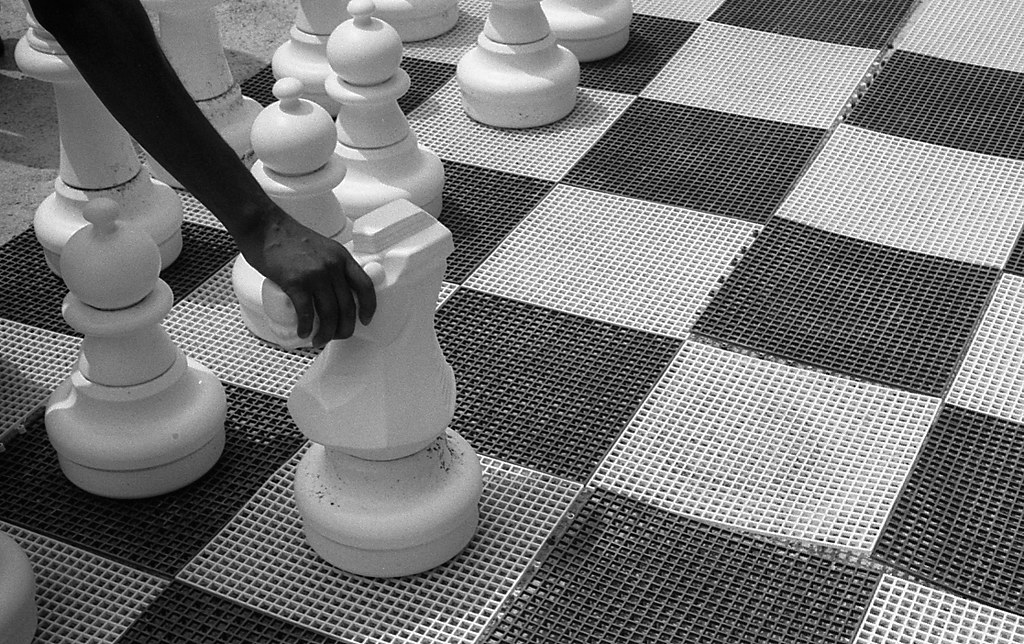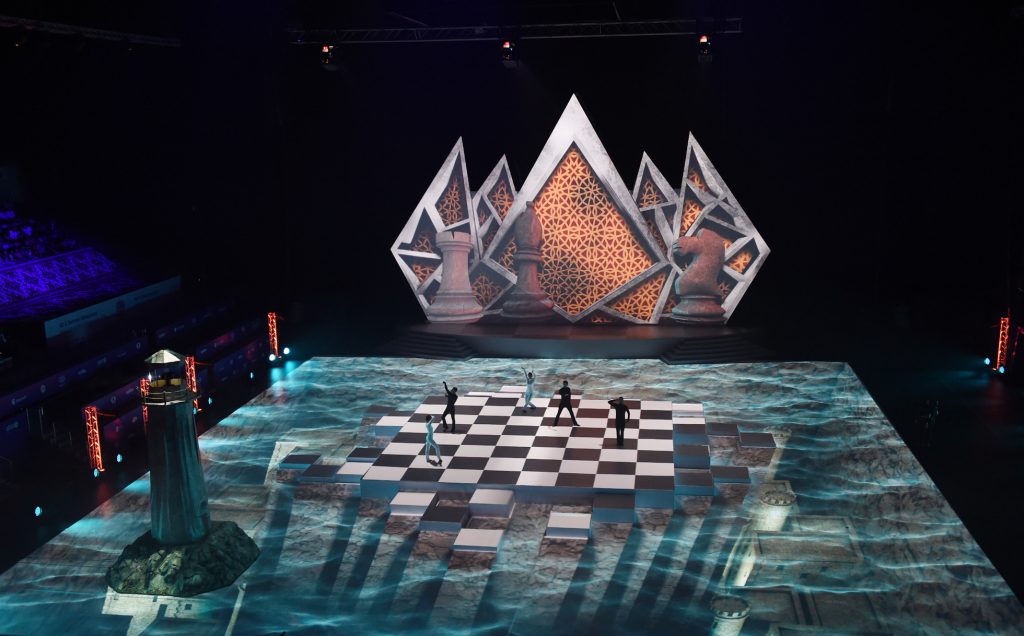Table of Contents
The Vant Kruijs opening
The Vant kruijs opening is one of the weirdest openings that you will encounter, is not played so often. The starting moves the enter the Vant Kruijs opening seems to go against basic principles of chess.
However, playing out of the theory has its advantages as well, if you know what you are playing you should be great. Also, trying out new things is part of the improvement in any area of chess, so we will give it a try.
There isn’t much theory about this opening because has not been researched a lot, so there isn’t even a mainline. However, we will give you some new ideas of what you can do using the Vant kruijs.
You are not the only one having some interest in this opening, Magnus Carlsen himself tried it a few times. We will review some grandmaster games in which they employ the Vant kruijs as well.
If you want to explore new openings you have come to the right place, keep reading until the end. Don’t forget to review our other chess openings posts!
The main lines of the Vant Kruijs opening
To enter the Vant Kruijs opening we should play 1.e3 as white.
We are already surprised, this movie is weird indeed, and it looks so passive to play with white. Even so, the idea of this move is to then make the advance d4, and also surprise your opponent of course.
We could call this move a flexible move for weird openings. The thing is, 99% of the moves you play will transpose to a different opening. There isn’t an independent system for this opening, let’s see:
If you play 1.e3 Nf6 2.Nf3 you are now in a Reti opening.
If white goes for 1.e3 Nf6 2.d4 you are in a queen’s pawn opening.
The same if white plays 2.c4 this is transposing to an English opening.
However, there is an interesting way to play, that is again out of theory, but it’s a logical continuation to the Vant Kruijs opening. For example, 1.e3 Nf6 2.b3 d5 3.Bb2 Bf5 4.Nf3 e6 5.Bd3. And you are in a good position, black doesn’t want to take on d3 by the way, or he will give you an immense pawn mass.
If you want a system, we could make the following suggestions:
1.e3 e5 2.c4 Nf6 3.Nc3 Bb4 4.Nge2 c6 5.a3, you are getting kind of a reverse Sicilian Kan variation setup. This will allow you to expand massively in the queenside, by playing b4 and d4 eventually. This was played by the grandmaster Maxime Vachier Lagrave.
You can also go for 1.e3 g6 2.Nf3 Bg7 3.d4 Nf6 4.Nbd2 O-O 5.b4 d6 6.Bb2 c5 7.a3. This is a game between Ian Nepomniachtchi and Levon Aronian.
Another setup you could go for: 1.e3 b6 2.c4 Bb7 3.Nc3 e6 4.Nf3 Nf6 5.b3 g6 6.Bb2 Bg7 7.Be2 O-O 8.O-O d6 9.Qc2 was a game player by the prodigy Alireza Firouzja.
We can see all of the games have in common that they all go for the same objective, developing the c1 bishop to b2. And this is an interesting way to approach the VAnt Kruijs opening:
Develop your bishops to b2, d3, and expand massively on the queenside to create weaknesses on that side of the board. So, the rooks will maybe put pressure on the queenside.
And, with a dynamic game, use the queen to put pressure on the kingside also with those bishops aiming to black’s castle.
Games with the Vant Kruijs opening
Many important chess grandmasters have played the Vant Kruijs opening. For example, Magnus Carlsen, Firouzja, Nepomniachtchi, Nakamura, and many others. Some idea it has to be for those masters to play it.
Carlsen transposed to a queen's pawn opening as we have seen. Here is another reference game:
What’s the purpose of this move?

The most important thing about the Vant Kruijs opening is not the theory, because there isn’t any. This is about playing something different to surprise your opponent and not only that.
You can also study your own lines, make your own theory, and that’s one that you can be sure nobody knows. Take your opponent to your terrain, literally, a terrain that you have discovered yourself.
You may discover something that other people haven’t yet, and maybe develop some plans. It’s probably that they are not the best of positions, but the most important of an opening is that you feel comfortable with it.
If you feel that you should play the Vant Kruijs go ahead, chess is a game and the main objective is to have fun. Not to mention that playing different openings will take you out of the ordinary schemes, so you will have to put creativity to work.
Should I or Shouldn’t I play the Vant Kruijs opening?

For science, the purpose is definitely worth the try, and as we have said, using different openings will teach you new things. If you don’t want to play this in a tournament that is ok, but at least in practicing games, you can give it a shot.
The Vant Kruijs can give you good knowledge on how to play the positions with double bishops setups. You can play weirdly; you can play in a super solid position with the double bishop.
Play e3 and d3, and wait for your opponent to risk attacking and counter-attack, is just one idea that comes to mind. That could be applied in many other ways, and there may be other plans, find them out!
You may also like:
Dragon Sicilian Defense Guide!





